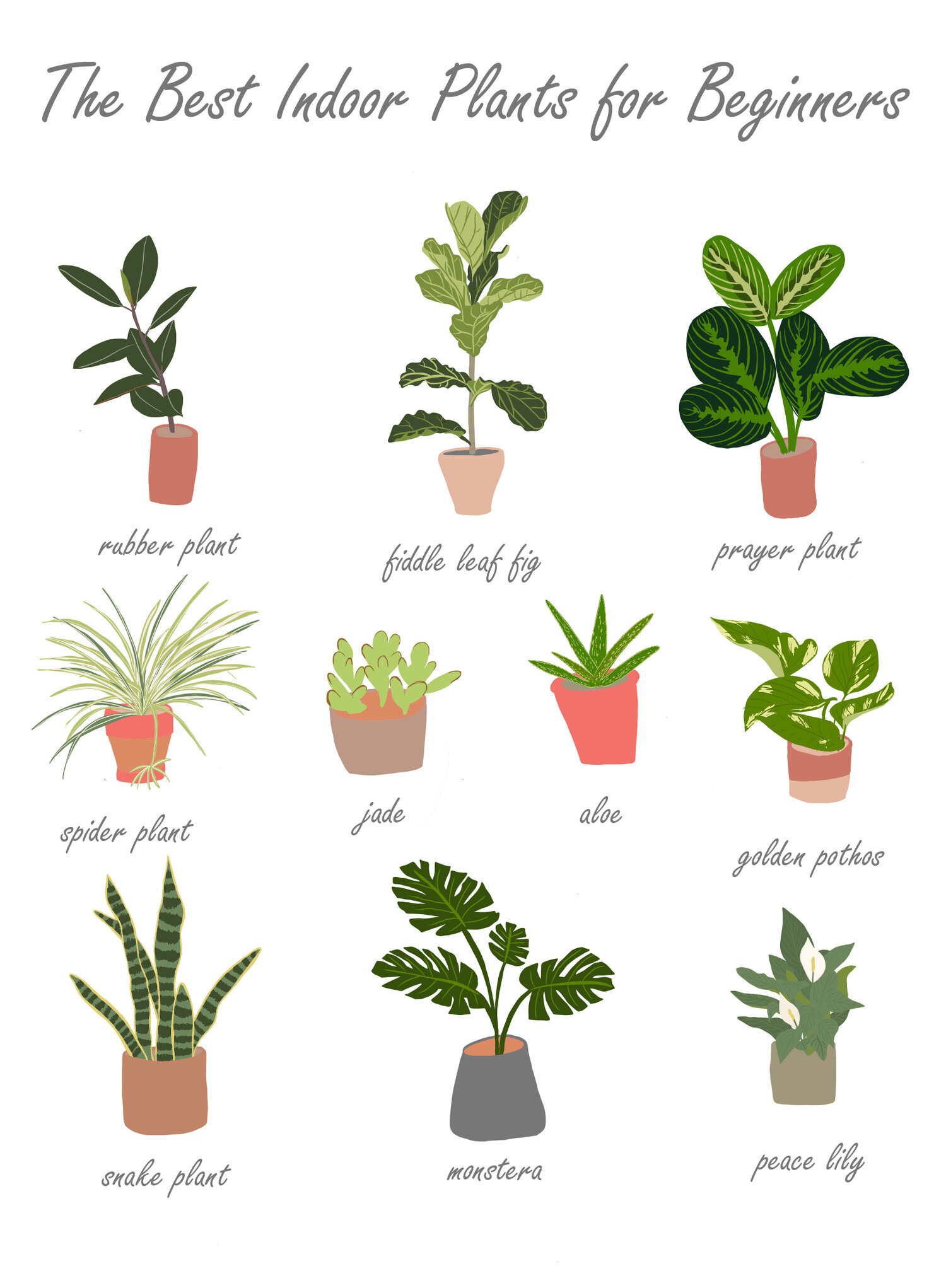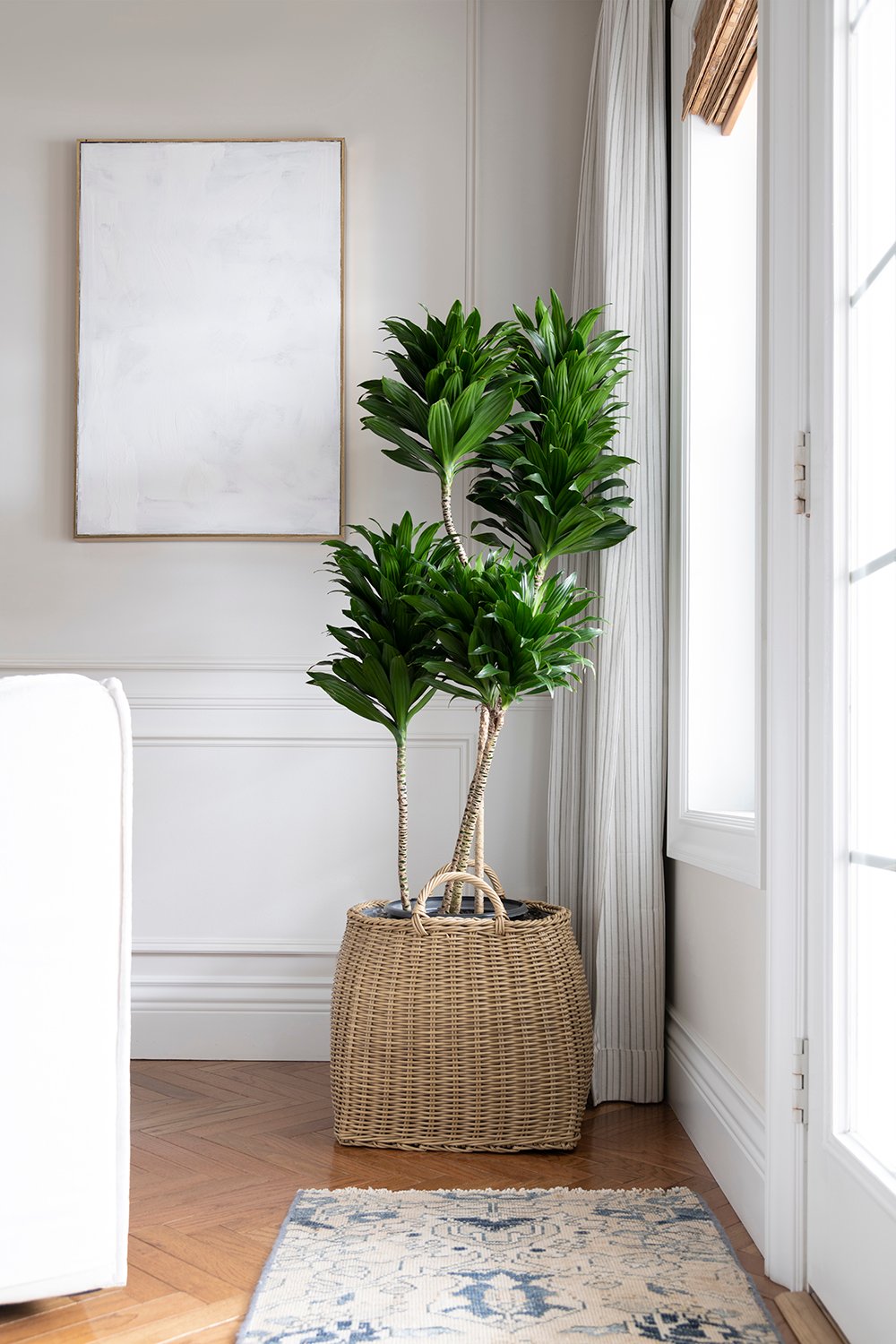“`html
Best Indoor plants: A Comprehensive Guide
Best Indoor Plants: A Comprehensive Guide
Bringing the outdoors in has become a cornerstone of modern interior design and personal well-being. Indoor plants not only enhance the aesthetic appeal of our living spaces but also purify the air, reduce stress, and boost productivity. With countless varieties available, choosing the right indoor plants can feel overwhelming. This comprehensive guide will explore the best indoor plants, catering to various needs, skill levels, and home environments.
Understanding Your Indoor Environment
Before diving into specific plant recommendations, it’s crucial to understand your indoor environment. Key factors include:
Light Levels

Different plants require different amounts of light. Consider the direction your windows face (north, south, east, or west) and the amount of direct and indirect sunlight your space receives. Some plants thrive in bright, indirect light, while others tolerate low light conditions.
Humidity
Indoor humidity levels can vary significantly, especially depending on your climate and heating/cooling systems. Many tropical plants prefer higher humidity, while others are more tolerant of dry air. Consider using a humidifier or placing plants in naturally humid areas like bathrooms or kitchens.
Temperature
Most indoor plants prefer temperatures between 60-80°F (15-27°C). Avoid placing plants near drafts or extreme temperature fluctuations.
Space
Consider the size and growth habit of the plants you choose. Some plants grow tall and bushy, while others remain compact. Ensure you have enough space for your plants to thrive.
Top Indoor Plants for Beginners

If you’re new to indoor gardening, these low-maintenance plants are a great place to start:
Snake Plant (Sansevieria trifasciata)
Known for its striking upright leaves and air-purifying qualities, the snake plant is incredibly resilient and tolerant of neglect. It thrives in low light and requires minimal watering.
ZZ Plant (Zamioculcas zamiifolia)
The ZZ plant is another low-maintenance favorite, with glossy, dark green leaves and a tolerance for low light and infrequent watering. It’s perfect for busy individuals or those with a tendency to forget to water.
Pothos (Epipremnum aureum)
Pothos is a versatile and fast-growing vine that can be trained to climb or trail. It’s known for its air-purifying abilities and tolerance for low light and various watering conditions.
Spider Plant (Chlorophytum comosum)

Spider plants are easy to propagate and produce adorable “spiderettes” that hang from the mother plant. They thrive in bright, indirect light and are known for their air-purifying qualities.
Peace Lily (Spathiphyllum)
Peace lilies are known for their elegant white flowers and air-purifying abilities. They prefer bright, indirect light and consistently moist soil.
Indoor Plants for Bright, Indirect Light
If your space receives plenty of bright, indirect light, these plants will thrive:
Fiddle Leaf Fig (Ficus lyrata)
The fiddle leaf fig is a popular statement plant with large, violin-shaped leaves. It requires bright, indirect light and consistent watering.
Monstera Deliciosa
Known for its iconic split leaves, the Monstera deliciosa is a tropical plant that prefers bright, indirect light and high humidity. It’s a fast grower and can become quite large.
Bird of Paradise (Strelitzia reginae)
The bird of paradise is a stunning plant with large, paddle-shaped leaves and vibrant, bird-like flowers. It prefers bright, indirect light and consistently moist soil.
Rubber Plant (Ficus elastica)
Rubber plants are known for their glossy, dark green leaves and tolerance for various light conditions. They prefer bright, indirect light and well-draining soil.
Calathea
Calatheas are known for their beautifully patterned leaves and air-purifying abilities. They prefer bright, indirect light and high humidity.
Indoor Plants for Low Light
If your space receives limited natural light, these plants can still thrive:
Cast Iron Plant (Aspidistra elatior)
The cast iron plant is incredibly resilient and tolerant of low light, neglect, and various temperature conditions. It’s a great choice for beginners or those with challenging indoor environments.
Parlor Palm (Chamaedorea elegans)
Parlor palms are known for their elegant, feathery fronds and tolerance for low light. They’re also air-purifying and add a touch of tropical flair to any space.
Chinese Evergreen (Aglaonema)
Chinese evergreens are known for their beautiful variegated leaves and tolerance for low light and various watering conditions. They’re also air-purifying and easy to care for.
Heartleaf Philodendron (Philodendron hederaceum)
Heartleaf philodendrons are versatile vines that can be trained to climb or trail. They tolerate low light and various watering conditions.
Lucky Bamboo (Dracaena sanderiana)
Lucky bamboo is a popular indoor plant known for its symbolic meaning and tolerance for low light. It can be grown in soil or water.
Air-Purifying Indoor Plants
These plants are known for their ability to remove toxins from the air:
Snake Plant (Sansevieria trifasciata)
As mentioned earlier, the snake plant is a powerful air purifier, removing toxins like formaldehyde, benzene, and xylene.
Spider Plant (Chlorophytum comosum)
Spider plants are effective at removing formaldehyde, xylene, and toluene from the air.
Peace Lily (Spathiphyllum)
Peace lilies are known for their ability to remove formaldehyde, benzene, trichloroethylene, and xylene from the air.
Golden Pothos (Epipremnum aureum)
Golden Pothos removes benzene, formaldehyde, xylene, and toluene.
Aloe Vera
Aloe Vera removes formaldehyde and benzene from the air, and also has medicinal uses.
Tips for Caring for Indoor Plants
Here are some essential tips for keeping your indoor plants healthy and thriving:
Watering
Water your plants when the top inch of soil feels dry. Avoid overwatering, which can lead to root rot. Adjust watering frequency based on the plant’s needs and the environmental conditions.
Fertilizing
Fertilize your plants during the growing season (spring and summer) with a balanced liquid fertilizer. Follow the instructions on the fertilizer label.
Repotting
Repot your plants when they become root-bound, typically every 1-2 years. Choose a pot that is slightly larger than the current one.
Pruning
Prune your plants to remove dead or damaged leaves and encourage bushier growth.
Pest Control
Inspect your plants regularly for pests like aphids, spider mites, and mealybugs. Treat infestations promptly with insecticidal soap or neem oil.
Humidity
Increase humidity by misting your plants, using a humidifier, or placing them on a pebble tray filled with water.
Conclusion
Indoor plants are a wonderful addition to any home, offering aesthetic appeal, air purification, and stress reduction. By understanding your indoor environment and choosing plants that suit your needs and skill level, you can create a thriving indoor garden that brings joy and well-being to your life. Remember to research specific plant care requirements and adapt your approach as needed. Happy gardening!
“`

:max_bytes(150000):strip_icc()/gerber-daises-4121360-hero-bfd1a98e8bb44c45891b84d9df63b5ac.jpeg?resize=200,135&ssl=1)

